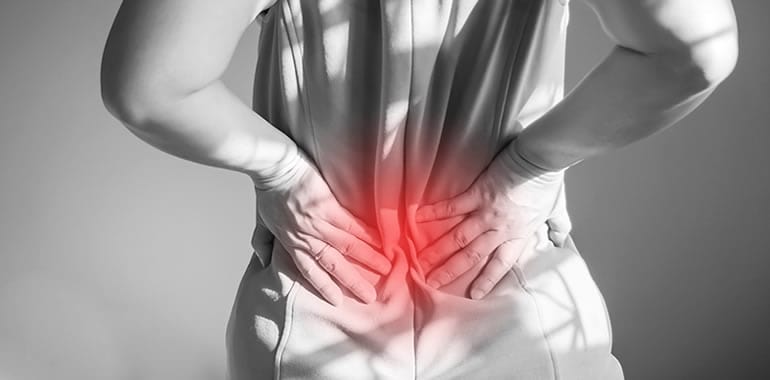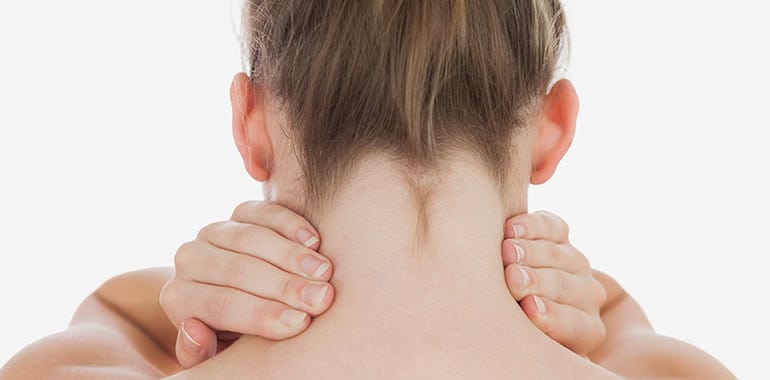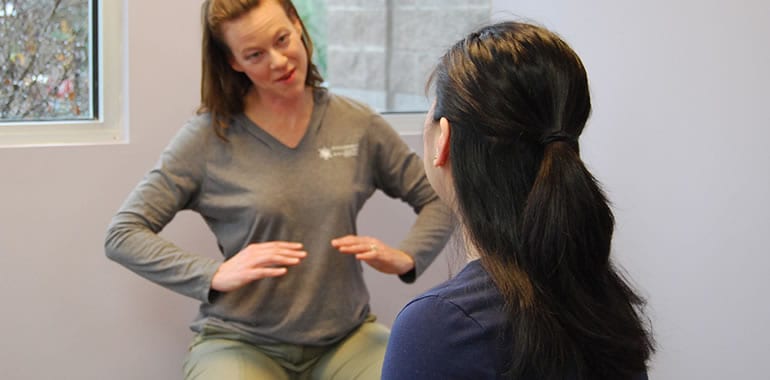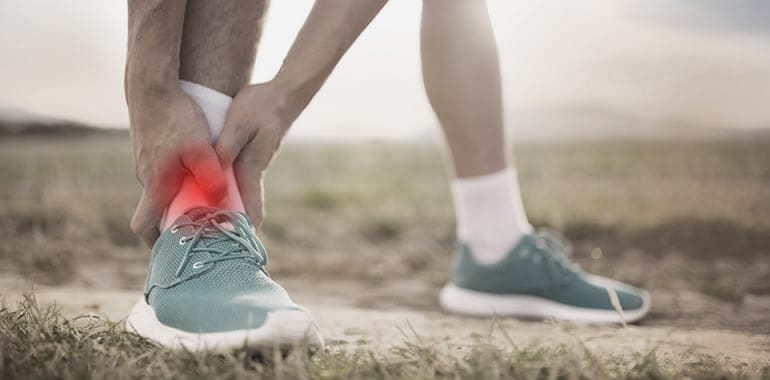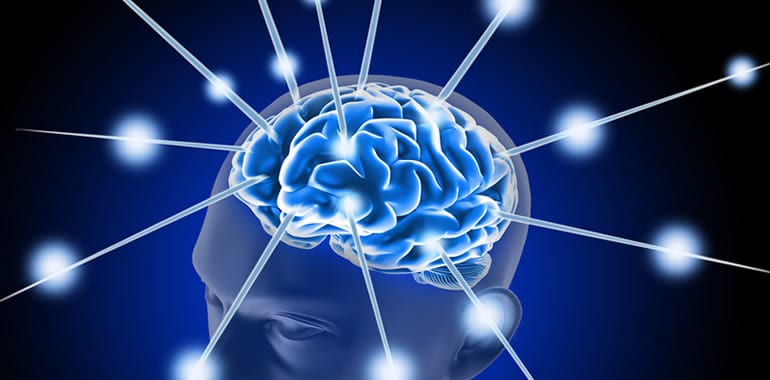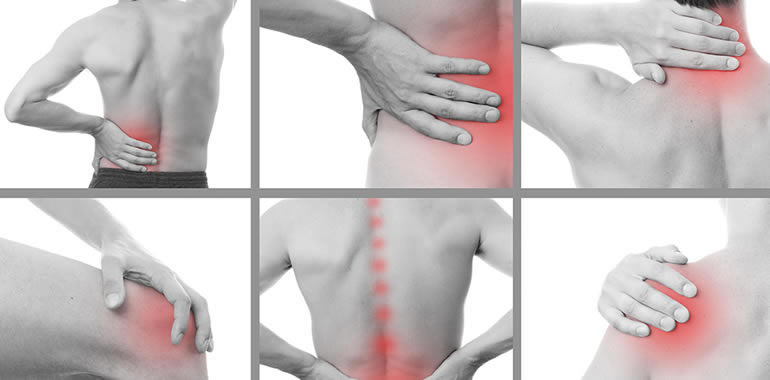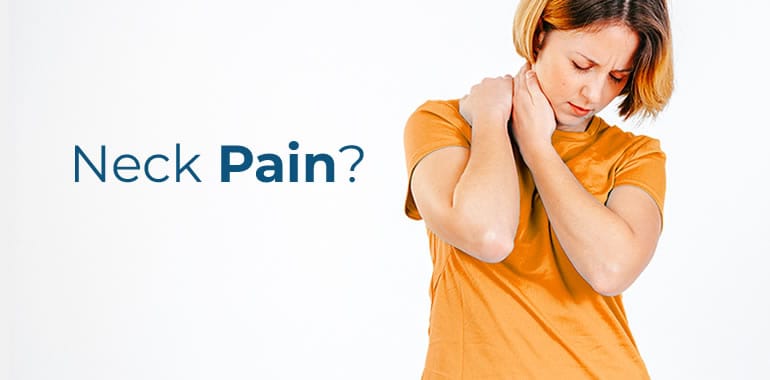
Neck pain typically comes in two flavors – Whiplash Associated Disorder (WAD) and nontraumatic neck pain. There are many types of treatment for neck pain both within the physical therapy realm and outside of PT. Which makes the research confusing and difficult to interpret! For instance, the book I am using for this blog series isContinue Reading »


